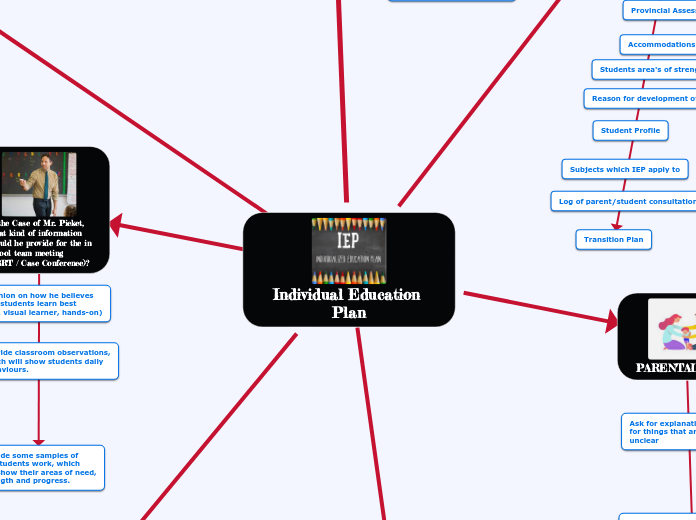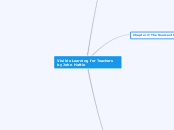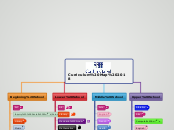by Danielle King 3 years ago
152
Individual Education Plan
The process of developing an Individual Education Plan (IEP) involves several critical steps to ensure that students' unique educational needs are met. Initially, information is gathered and consolidated, addressing any gaps or discrepancies.









